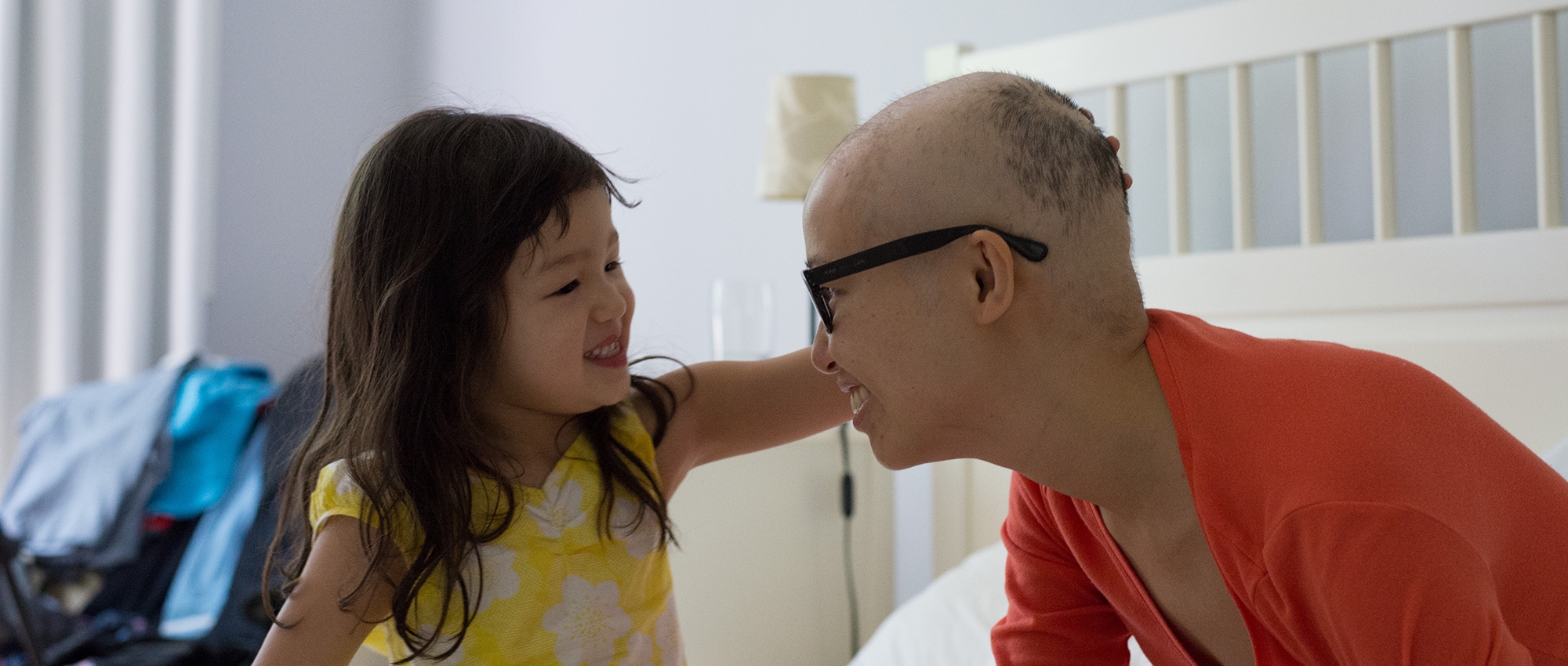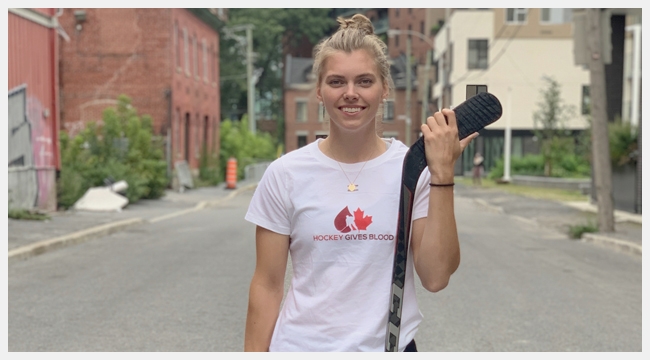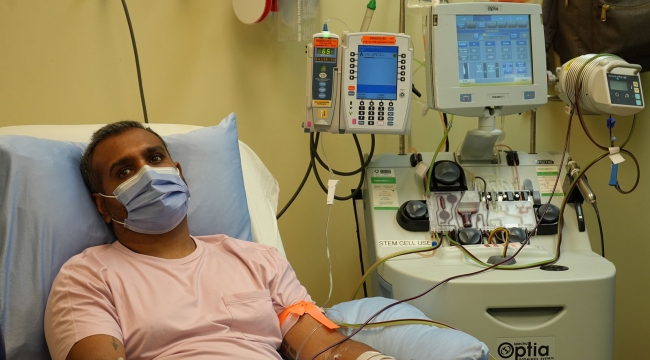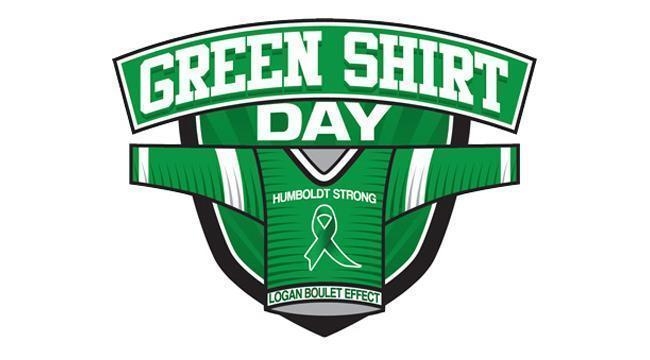Her fight with cancer turned her into an advocate for stem cell donation
Mai Duong was stunned to learn that for many non-Caucasian patients, the odds of finding a stem cell donor are slim
Mai Duong’s mission to save lives started nearly a decade ago, when her own life was on the line.
Mai was 15 weeks pregnant with her second child when a routine blood test led to a diagnosis of acute myeloid leukemia in 2014. She’d been experiencing tiredness and persistent cold symptoms, but had put it all down to pregnancy and the usual trials of a cold Montreal winter.
“The news hit me like a tsunami,” says Mai, 41.
Mai’s leukemia was aggressive, so her treatment was swift. She had to end her pregnancy the same week she was diagnosed and start chemotherapy immediately.
Weeks of treatment put Mai into remission, but she relapsed 10 months later with an even more aggressive cancer. This time, her only hope for a cure was a stem cell transplant.
Mai Duong was 15 weeks pregnant with her second child when she was diagnosed with acute myeloid leukemia in 2014. She explains in this video how she struggled to find a match as a person of Vietnamese ancestry.
What are stem cells and what do they do?
Stem cells are special cells that can develop into many different cell types. Blood stem cells form in the bone marrow, the spongy tissue at the centre of bones, and can develop into any of the cells present in the blood stream. That includes red blood cells, white blood cells and platelets.
Right now, more than 1,000 patients in Canada are waiting for stem cell transplants to treat any of more than 80 diseases and disorders, including life-threatening cancers and blood disorders. And about 75 per cent of those patients will not find matching donors within their own families. To survive, they will turn to Canadian Blood Services Stem Cell Registry with its database of healthy volunteer donors and its connections with similar registries around the world.
Two stem cell transplants from one donor saved his life twice
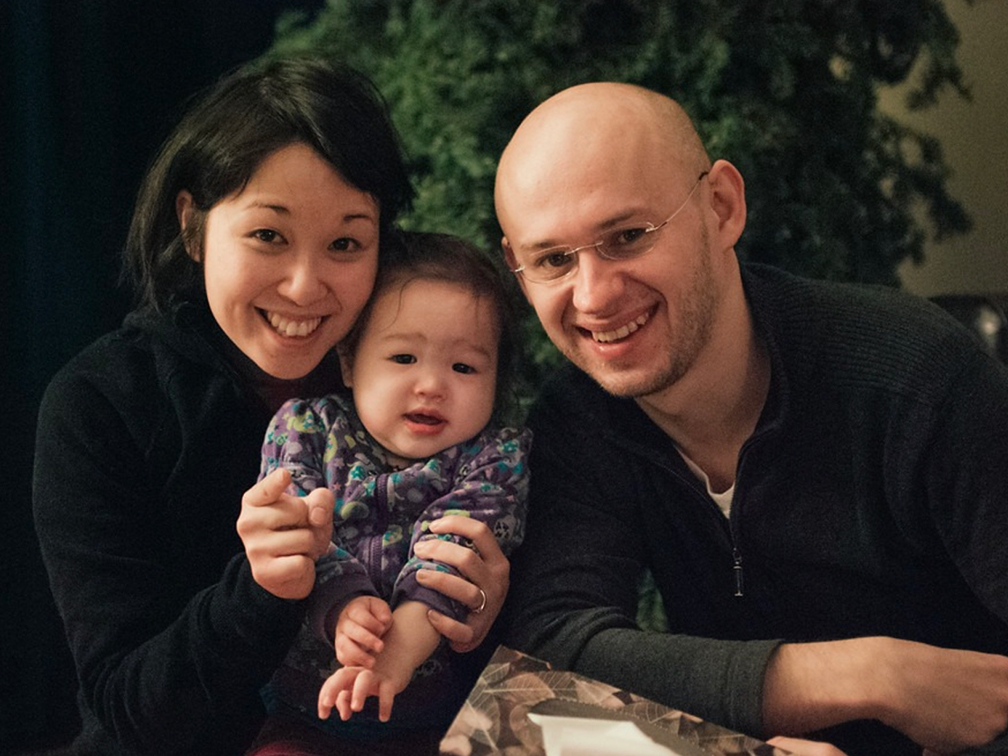
‘A needle in a haystack’
A patient who needs stem cells for any illness is most likely to find a matching donor in a person of similar ancestral background. But a very large percentage of the prospective donors within registries are Caucasian. That’s true of the stem cell registry in Mai’s home province of Quebec (which is managed by Héma-Québec) as well as Canadian Blood Services Stem Cell Registry. And it’s also true of stem cell registries in other countries, which also help provide donors for patients in Canada.
Mai quickly found out that for patients who don’t share that background, locating a donor can be like a search for “a needle in a haystack.”
“When my doctors said they were going to search on the international registry with millions of donors, I did not foresee that it was going to be that difficult,” says Mai, who is Vietnamese-Canadian. “But it ended up being very difficult.
“I had no match and it was because of the colour of my skin. If I was Caucasian I would have had less trouble finding a donor match.”
Currently, fewer than one third of potential donors in Canadian Blood Services Stem Cell Registry are non-Caucasian. Doctors have particular difficulty finding stem cell donor matches for patients of Indigenous, Asian, South Asian, Hispanic, mixed-race, and diverse Black backgrounds. We strongly encourage people in Canada who share those backgrounds and who are between the ages of 17 and 35 to join the registry online.
Mai was particularly shocked that Vietnamese people were underrepresented in both of Canada’s stem cell registries. But she was determined to find a donor somehow.
“I told myself that I was going to fight this disease because I had a daughter waiting for me at home,” she says.
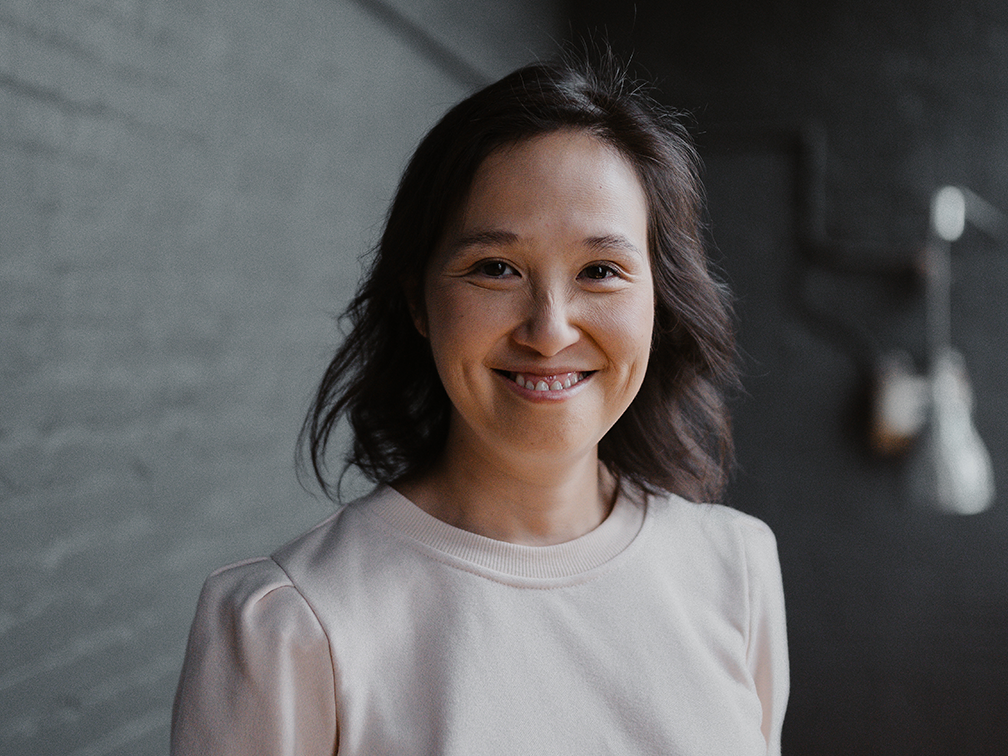
Stem cell donor search drew on skills from advertising career
Before she fell ill, Mai had never heard of stem cells. Her instincts as an advertising executive told her that was probably true of many people in Canada. So she quickly decided to use her skills to start educating others and encouraging them to join the registry.
She became the centre of her own campaign, and hoped that it would also result in a match for her.
“My whole campaign started on the premise to advertise my need,” says Mai. “So instead of promoting a car, I started promoting my need for a stem cell match and hoped that my campaign might help me, or other patients like me.”
Mai deployed every asset in her toolbox — from billboards to radio spots — to get her story out. Her message spread across the country and attracted broad support.
“Our campaign grew into something big,” she says. “Everybody wanted to help. Doctors were all in, media and my colleagues in the ad agencies too. The support from Canadians was truly amazing.”
While Mai was busy searching for a donor match, she was also thinking about other patients who didn’t have the network and resources she had to execute such an elaborate campaign.
“I told myself that if I survived, I was going to help others that might be in the same position as me,” she says.
In the end, Mai did find a match, though not with an adult donor on a registry. The stem cells for her own lifesaving transplant in 2014 came from umbilical cord blood collected after a baby’s birth. Expectant mothers can register to donate cord blood at four Canadian hospitals, so it can be stored in Canadian Blood Services’ Cord Blood Bank and used for any patient seeking a match.
While Mai’s campaign didn’t lead to her own match, it did inspire many people across the country to register as potential donors for patients.
In fact, Mai has heard from three people who joined as a result of her campaign and were soon matched to patients in the U.S. and Canada.
How donated umbilical cord blood saved the life of another newborn
Swab the World recruits potential stem cell donors worldwide
Today, Mai remains cancer free. After her successful stem cell transplant she also teamed up with Christiane Rochon to launch Swab the World, an organization with a mission to support other patients.
Swab the World officially launched in October 2018. It aims to increase the diversity of potential stem cell donors not only in Canada, but in 54 other countries around the world. The organization educates people about stem cells, shares patient stories and helps connect potential donors to the international registries they can join.
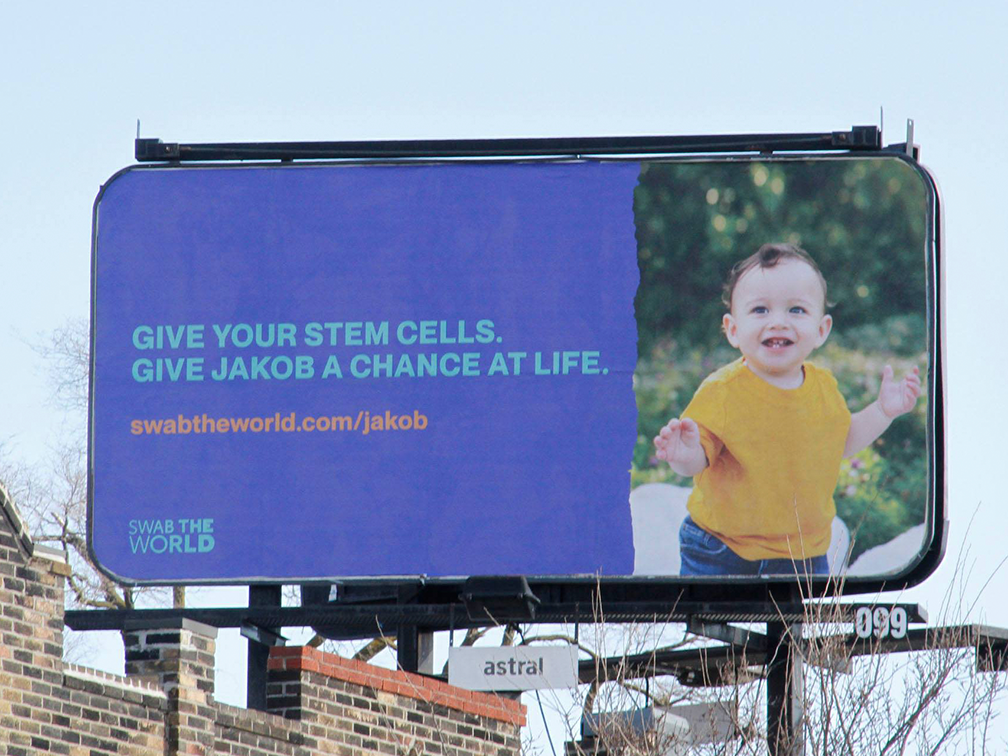
After Mai Duong survived her second bout of leukemia, she committed to helping other patients find stem cell matches. In 2018, she co-founded Swab the World to help increase the diversity of potential donors on stem cell registries around the world.
Edmonton toddler with immune disorder urgently seeks stem cell transplant
“People see our patient campaigns from all over the world and they reach out wanting to know how they can help,” says Mai. “We redirect them to their local registries and tell them how they could join. In 2021 alone, we sent 5,000 potential donors to their local registries.”
Swab the World also encourages moms-to-be to donate their babies’ cord blood to a public cord blood bank where that option is available.
“Donating cord blood can save lives,” Mai says. “I am a living witness because cord blood didn’t only save me, but it saved my family and my community because I am alive to support them.”
Now is the perfect time to join the stem cell registry
In this video, our Hockey Gives Blood Player Ambassadors explain the critical need for stem cell donors from all ancestral backgrounds. Joining the registry online takes just a few minutes. Start the registration process at blood.ca/BeAHero.
This February, we have teamed up again with Hockey Gives Blood for our annual #BeAHero initiative. It’s intended to drive awareness and recruit potential donors to Canadian Blood Services Stem Cell Registry. Everyone who requests a registration kit online this February will receive a limited edition #BeAHero toque.
That’s not the only great reason to join the stem cell registry now. Since the COVID-19 pandemic started, our registry has seen a significant decrease in new stem cell registrations. That’s because in-person community swabbing events, which were our most important way of recruiting new potential donors, have been suspended since March 2020 to reduce the transmission of COVID-19.
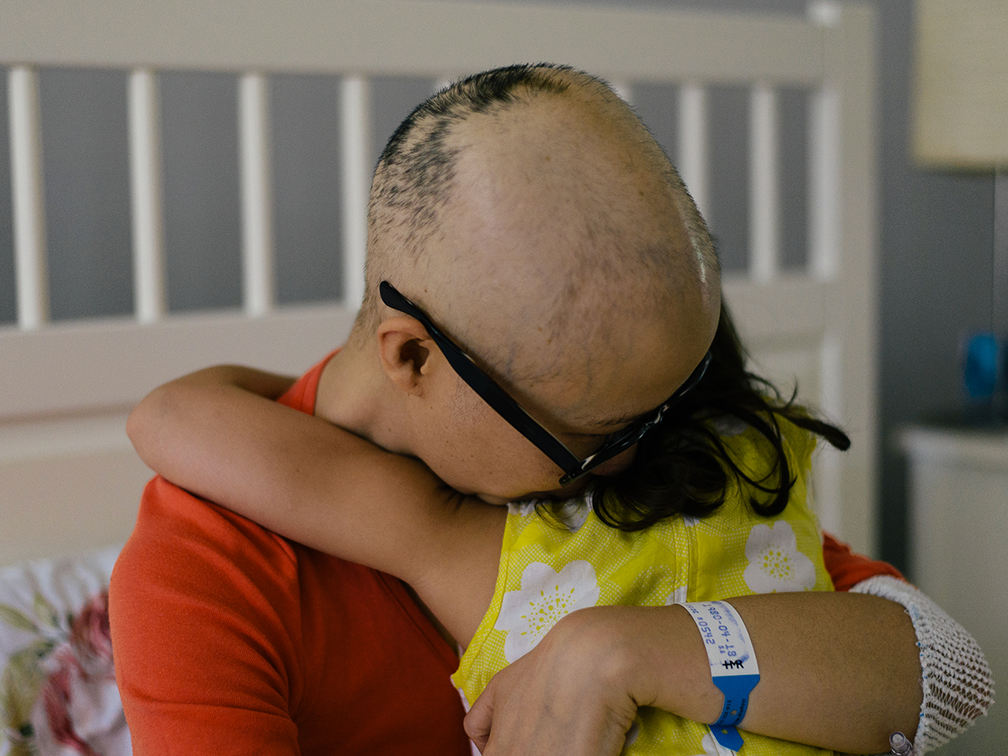
Now, more than ever, we encourage individuals between 17 and 35 years of age from diverse backgrounds to #BeAHero to patients waiting to find a match by registering online on blood.ca/BeAHero and ordering their buccal swab kit to be delivered in the mail.
